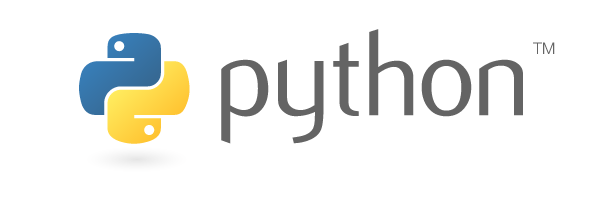The step-by-step procedure for mapping floods with radar imagery has been initially created for use with the Sentinel Application Platform (SNAP). To give users more flexibility, a Python version of this Recommended Practice, in the format of a Jupyter Notebook, has been developed at a later stage. This Python version, which also includes steps to download Sentinel-1 data from the Copernicus Open Access Hub, uses the SNAP-Python interface (snappy) to apply the same data processing steps as the version with the SNAP graphical user interface.
Please click on the icons below to see the corresponding step-by-step procedure.

